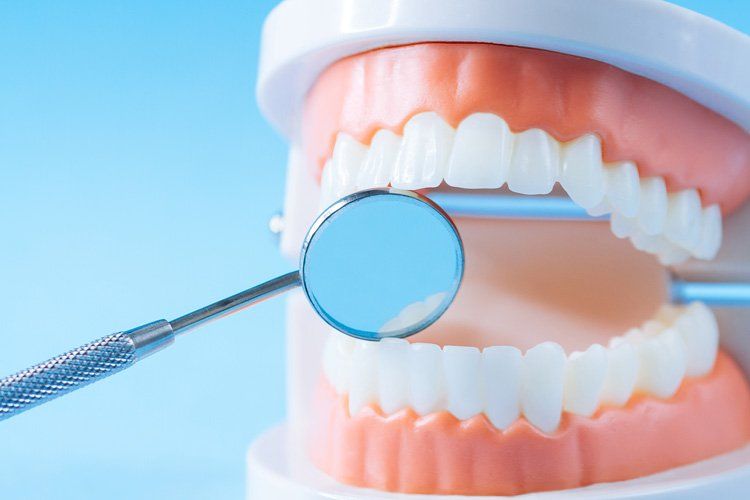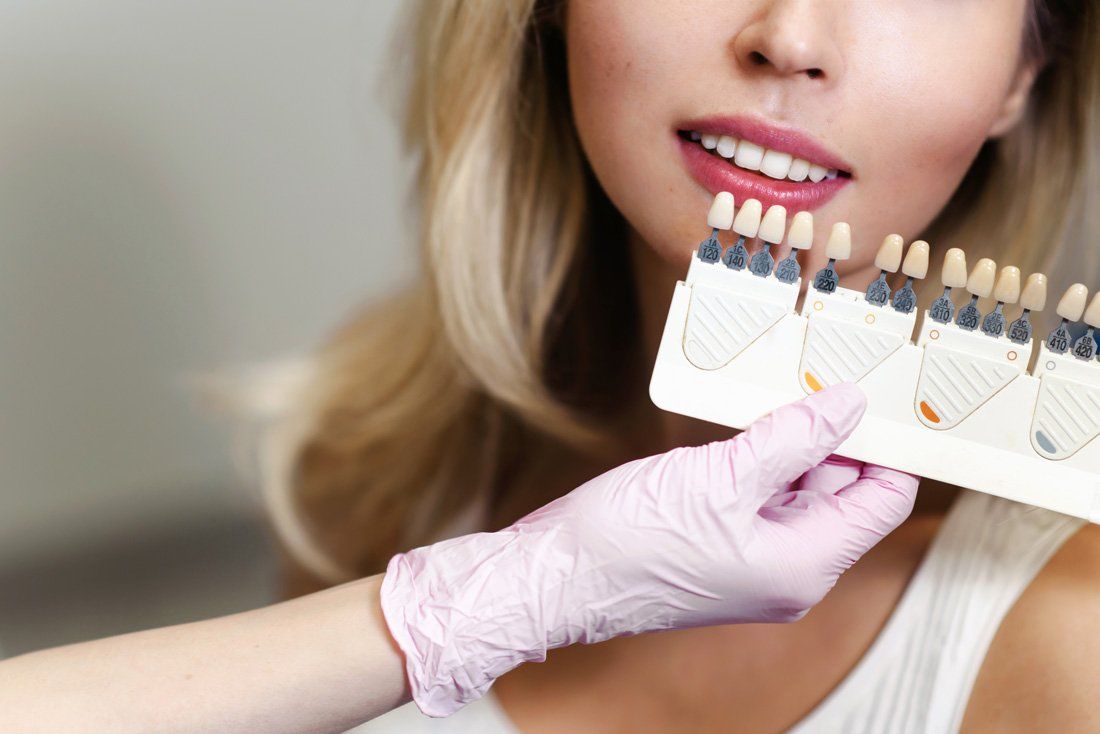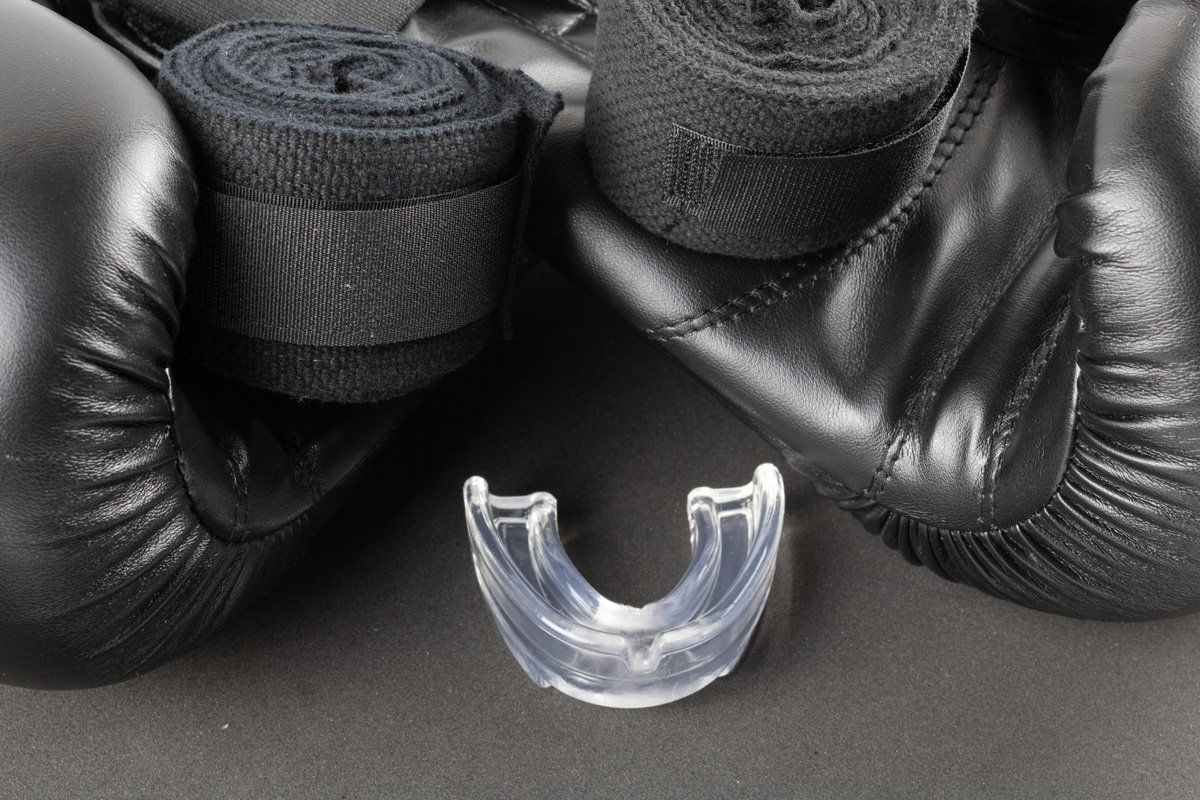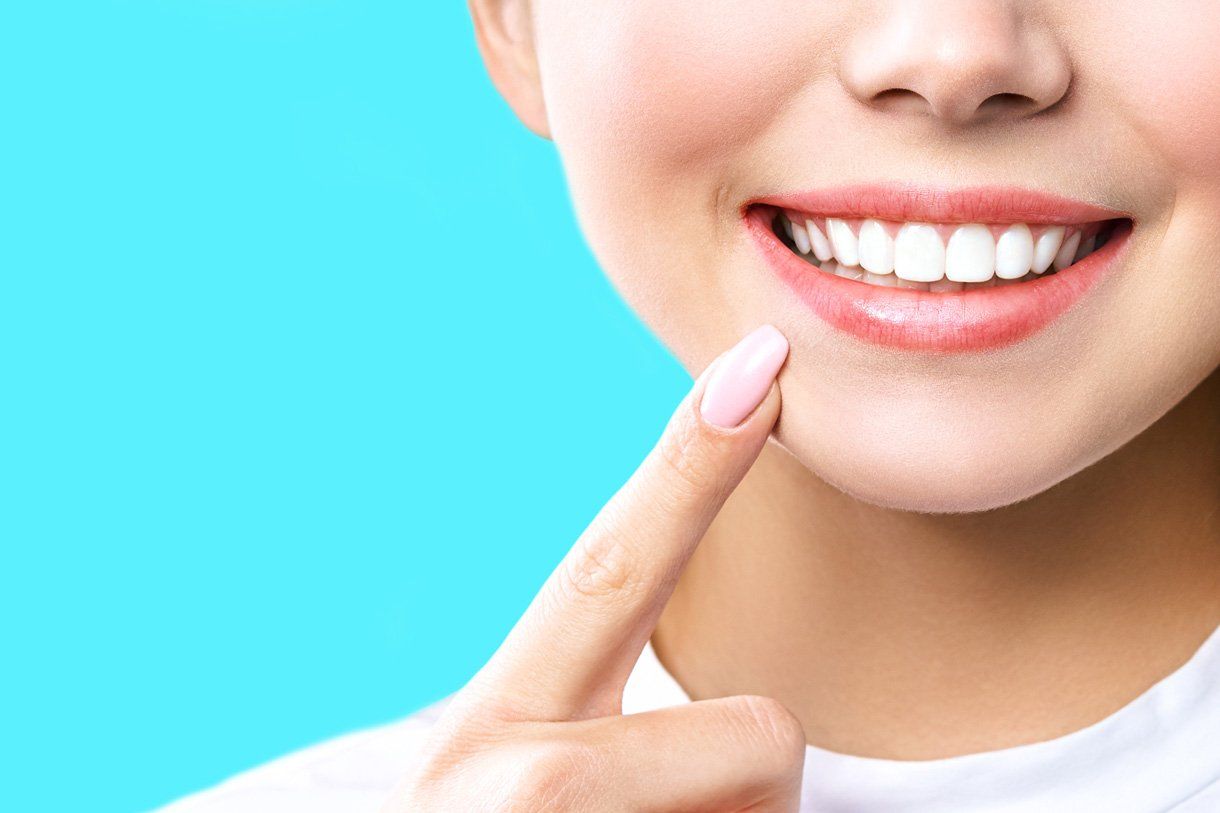Be Proud Of Your Smile
Cosmetic Dentistry In Birmingham
St John’s Dental Practice constantly strives to provide the best treatment available using the most up to date technology
Great Reviews
We strive to provide the best treatment available using the most up to date technology
Fully Trained
Experienced Dentists
Superb Services
From Invisalign to home teeth whitening and general dentistry, we are the ones you need
St. John’s Dental Practice provides a range of cosmetic dentistry services for people across Birmingham
Cosmetic Dentistry with St. John's Dental Practise
The key to good cosmetic dentistry is communication and understanding because appearance and beauty are often personal opinions. Basic rules can be applied but the adapting of rules to the individual provides the best results.
At the upper end of cosmetic dentistry, there are techniques of layering filling materials in twenty different shades in one restoration that can make a filling invisible to detect in the tooth. It can take several hours to provide a single filling. However the majority of “cosmetic” tooth coloured fillings are a few carefully chosen layers that blend the filling into the tooth while controlling the cost and time required.
Our Cosmetic Dentistry Services
Solutions for missing teeth
These can be replaced by dental implants, bridges or dentures. The best option in an individual case will be determined by the position and quality of the biting teeth in the opposing jaw, the quality of the teeth adjacent to the space, the volume and quality of the supporting bone and gum, general health and available budget.
Tooth position
Depending on how much irregularity there is and what the visibility is like, we carry orthodontic work to move the roots. The shape of teeth can be changed by removing excess enamel in procedures such as “enameloplasty.” The amount of change is limited to the thickness of the existing enamel. Tooth reduction is often combined with cosmetic bonding. Crowns and veneers can appear to change a tooth position within a couple of weeks.
Crowns & Veneers
A traditional crown preparation removes the outer surface of the tooth. The crown slides over the residual tooth rather like a thimble. A classic veneer preparation contrasts to the full wraparound of the traditional crown because it is a thin layer that is bonded to the front surface of a tooth. Some veneers systems can be so thin that they do not require any drilling at all and the increase in final thickness is hardly noticeable.
How To Compare Cosmetic Dentistry?
Costs in dentistry can be complicated, but most people would like to be able to know that when they are paying for a premium service, they are getting a premium product.
The harder thing to quantify is the quality of the skill and experience of the dentist. An ideal dentist is technically skilled, has good artistic judgment and is a good communicator.
10 ways to find a good cosmetic dentist
A Comprehensive Range of Treatments
At St John’s we are a dedicated team who provide a comprehensive range of treatment, which include aesthetics, implants, emergency service and the provision of lifelong care that caters for your needs.
Keep Smiling & Contact
St. Johns Dental Practice Today!












